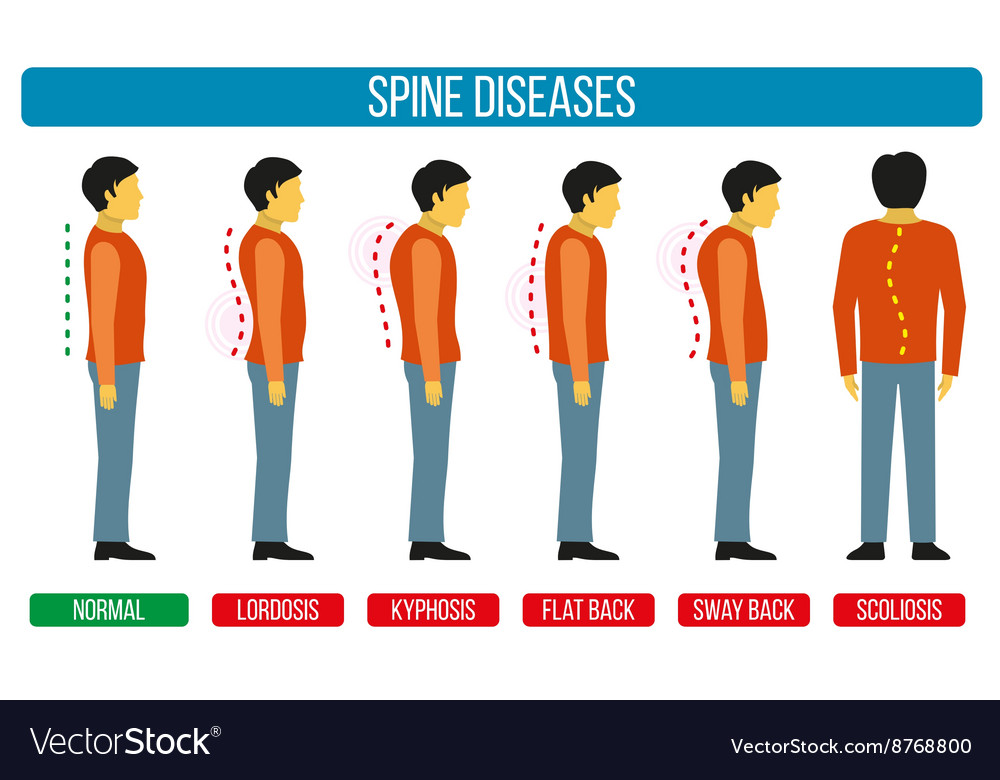The Relationship Between Stance And Pain In The Back: Techniques For Maintaining Appropriate Alignment Throughout The Day
The Relationship Between Stance And Pain In The Back: Techniques For Maintaining Appropriate Alignment Throughout The Day
Blog Article
Content Writer-Kragh Mcgowan
Keeping appropriate posture isn't almost sitting up directly; it's about aligning your body in such a way that sustains your spinal column and reduces the danger of back pain. The means you sit, stand, and move throughout the day can dramatically impact your spine wellness. But exactly how precisely can you guarantee good placement continually, also throughout hectic days full of various tasks? Allow's dive deeper right into the subtle yet impactful modifications you can make to your everyday routine to keep your back delighted and healthy.
Importance of Appropriate Posture
Appropriate position is essential in maintaining a healthy back and stopping pain. When you sit or stand with good position, your back remains in positioning, lowering pressure on your muscle mass, tendons, and joints. This alignment permits the body to distribute weight uniformly, avoiding extreme stress on particular locations that can bring about pain and discomfort. By maintaining your spinal column correctly aligned, you can likewise enhance your breathing and food digestion, as slouching can compress organs and limit their functionality.
Moreover, keeping chiropractor that accepts medicaid can enhance your overall appearance and self-esteem. When you stand tall with your shoulders back and head held high, you show confidence and appear more friendly. Good posture can also make you really feel extra energized and alert, as it advertises proper blood circulation and allows your muscle mass to function efficiently.
Incorporating see this page into your daily regimen, whether resting at a workdesk, walking, or exercising, is essential for avoiding neck and back pain and advertising general well-being. Remember, a tiny change in how you hold yourself can make a significant difference in how you feel and work throughout the day.
Common Postural Mistakes
When it pertains to maintaining excellent pose, several individuals unwittingly make typical errors that can contribute to pain in the back and discomfort. One of the most prevalent mistakes is slouching or hunching over while resting or standing. Recommended Web-site puts extreme strain on the back and can cause muscular tissue imbalances and discomfort in the long run.
An additional usual error is overarching the reduced back, which can flatten the natural curve of the spine and trigger discomfort. Furthermore, going across legs while sitting may really feel comfy, yet it can create a discrepancy in the hips and hips, resulting in postural issues.
Utilizing a cushion that's too soft or as well solid while resting can additionally impact your positioning and add to neck and back pain. Lastly, frequently craning your neck to take a look at screens or readjusting your position often can stress the neck and shoulders. Bearing in mind these usual postural mistakes can help you preserve much better placement and reduce the threat of back pain.
Tips for Correcting Alignment
To improve your placement and minimize pain in the back, it's vital to concentrate on making small changes throughout your everyday regimen. Begin by being mindful of your stance. When sitting, guarantee your feet are flat on the flooring, your back is straight, and your shoulders are kicked back. Avoid slouching or leaning to qigong nyc . Use ergonomic chairs or cushions to support your lower back.
When standing, disperse your weight uniformly on both feet, maintain your knees a little curved, and embed your hips. Engage your core muscles to sustain your spinal column. Take breaks to stretch and walk if you have a sedentary work. Include workouts that enhance your core and back muscular tissues, such as planks or bridges.
While resting, use a pillow that supports the natural contour of your neck to preserve correct back placement. Avoid sleeping on your tummy, as it can strain your neck and back. By bearing in mind these pointers and making small modifications, you can progressively remedy your placement and minimize pain in the back.
Verdict
Bear in mind, keeping good posture is crucial to avoid neck and back pain and promoting back wellness. By being mindful of your positioning, dispersing weight uniformly, and involving your core muscular tissues, you can minimize stress on your back and reduce the risk of pain and injury. Integrate ergonomic support, take regular breaks to stretch, and enhance your core and back muscles to maintain appropriate positioning throughout the day. Your back will certainly thank you for it!
